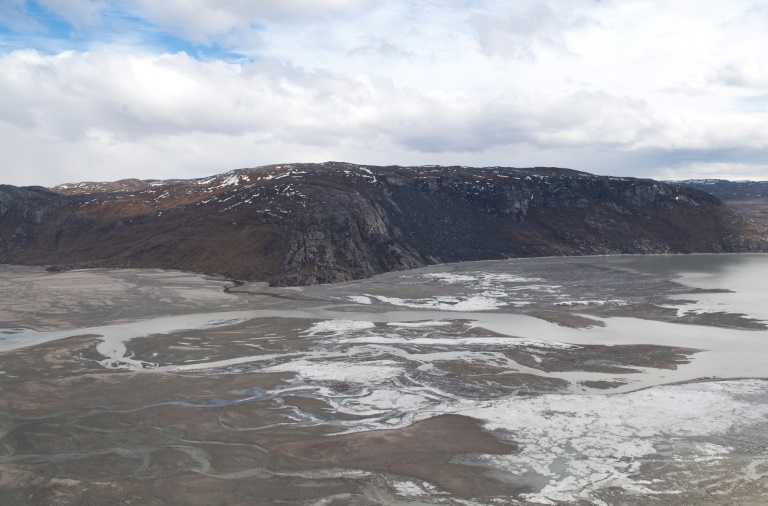Evacuations, fear as Hurricane Ida grows to Category 4 storm
Hurricane Ida was upgraded to a Category 4 storm as it stayed on course to hit New Orleans with maximum sustained winds reaching 140 miles (225 kilometers) per hour, the US National Hurricane Center said Sunday.
Ida was due to make landfall on Sunday, 16 years to the day Hurricane Katrina devastated the southern US city, flooding 80 percent of New Orleans, and leaving behind 1,800 casualties and billions of dollars in damage.
“Dangerous Category 4 Hurricane Ida strengthens some more,” the NHC said in its latest advisory.
“Life-threatening storm surge, potentially catastrophic wind damage, and flooding rainfall will impact portions of the northern Gulf Coast beginning later this morning.”
Shops were boarded up and evacuations were underway Saturday in New Orleans, with officials warning residents to leave immediately or hunker down to ride out the storm.
Images on social media and US news channels showed scores of people gathered at the airport waiting to board flights and cars driving bumper-to-bumper on clogged roads leading out of the city.
“Everybody is scared because it’s the anniversary of Katrina and people didn’t take it seriously at the time,” said Austin Suriano, who was helping board up the windows of his father’s watch repair shop.
Category 4 is the second-highest on the Saffir-Simpson scale, with winds of up to 156 miles per hour.
President Joe Biden warned Saturday that “Ida is turning into a very, very dangerous storm” when it had strengthened to a Category 2 hurricane.
– ‘Time is not on our side’ –
Louisiana Governor John Bel Edwards said Ida would be one of the most powerful storms to hit the state since the 1850s.
In New Orleans, Mayor LaToya Cantrell warned residents to take Ida with utmost seriousness.
“Time is not on our side,” she said. “It’s rapidly growing, it’s intensifying.”
Southern Louisiana was bracing for massive damage and flooding as the fast-intensifying storm roared northward after pummeling western Cuba.
“Extended power loss is almost certain,” New Orleans homeland security director Collin Arnold told reporters Saturday. “I’m imploring you to take this storm seriously.”
Biden said hundreds of emergency personnel had been sent to the region, along with food, water and electric generators.
Shelters were being prepared around the region but Louisiana is one of the states hit hardest by Covid-19, and the president urged anyone heading to such facilities to wear a mask and take precautions.
The National Weather Service forecast a “life-threatening storm surge” — as high as 12 feet near New Orleans and 16 feet around the mouth of the Mississippi River — when the hurricane makes landfall.
It warned of “catastrophic wind damage” and said Ida could spawn tornadoes.
Louisiana has declared a state of emergency in preparation for the storm. The declaration, approved by Biden, will expedite federal storm assistance to the southern state.
The hurricane made landfall late Friday in western Cuba as a Category 1 storm, packing winds near 80 miles per hour but causing mostly minor damage.
Scientists have warned of a rise in cyclone activity as the ocean surface warms due to climate change, posing an increasing threat to the world’s coastal communities.
– ‘Very painful’ –
The dire warnings about Ida inevitably sparked memories of Katrina, Governor Edwards said in a briefing.
“It’s very painful to think about another powerful storm like Hurricane Ida, making landfall on that anniversary,” he said.
One big difference, he said, was the huge investment since then in an extensive storm protection system of levees, gates and pumps.
Still, Eric Suriano from the watch repair shop said he remembers Katrina vividly: “It was the nightmare of my life.”
Meanwhile, a Category 1 hurricane named Nora made landfall on Mexico’s Pacific coast, the NHC said.
Nora’s center “remains near the coast of Mexico after making landfall in the northwest Jalisco” province, it added.
Last week, a rare tropical storm struck the US northeastern seaboard, knocking out power, uprooting trees and bringing record rainfall.






